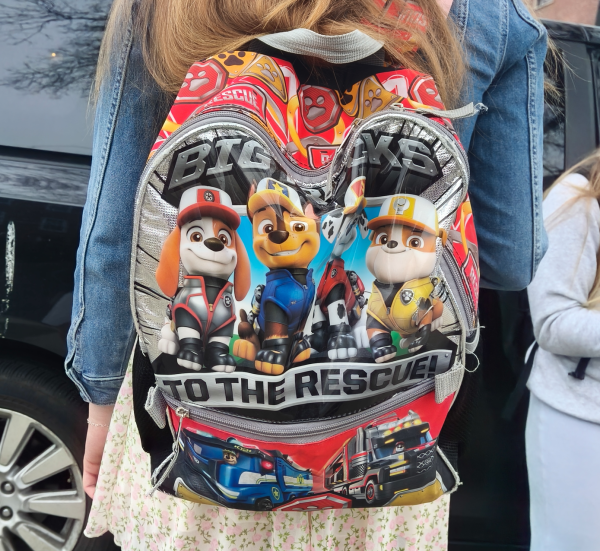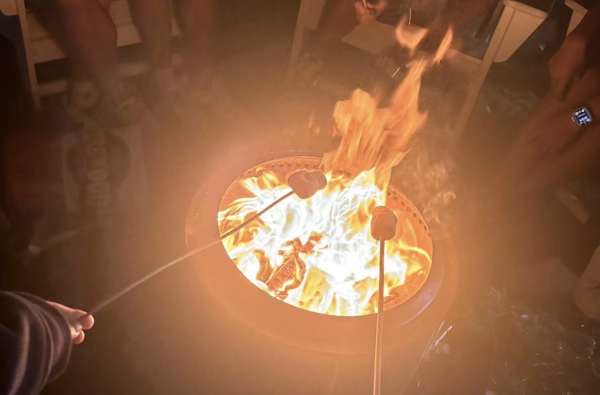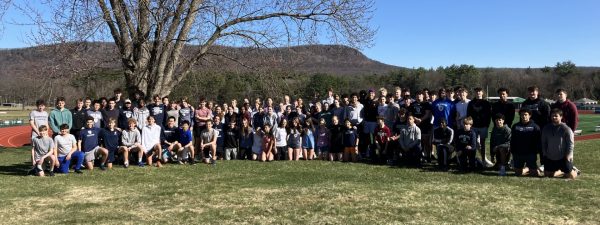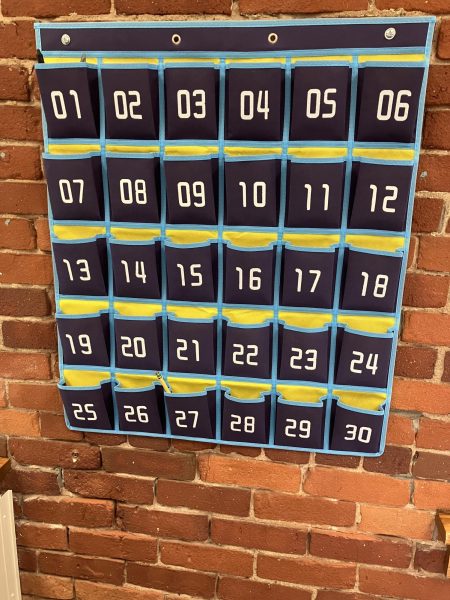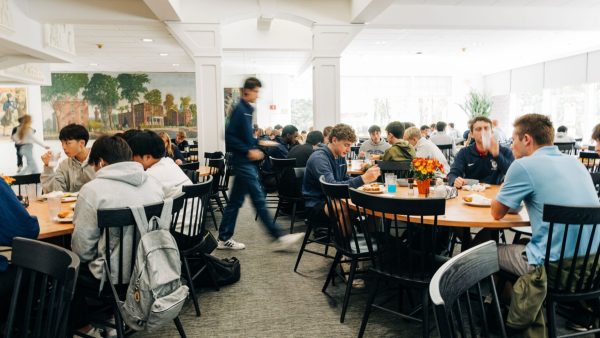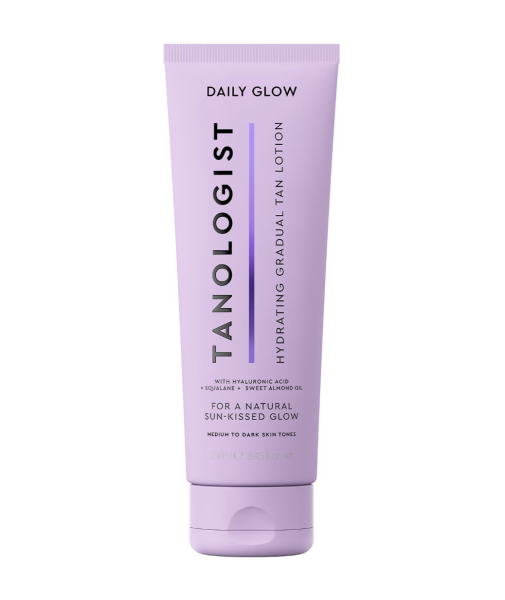Helping and Healing with Heart and Art: Ms. Hume’s Creative Journey
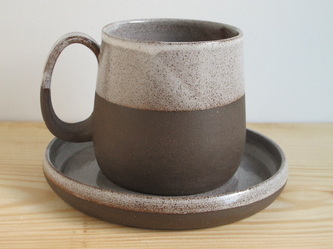
Natania Hume, when she’s not inspiring the next generation of potters and painters, is sculpting and polishing her own artistic endeavors.
Hume is the Visual and Performing Arts Department Head, Art Instructor, Director/Curator of the Grubbs Gallery, and Director of the Grum Visiting Artist Project. She also has her own ceramics studio in Vermont: Slow Studio.
Hume had a diverse experience with teaching even before Williston; she started teaching art at a public school in Oregon, where she lived for 10 years. “It was in a rural area with a lot of poverty, and students really under privileged,” Hume said.
Hume said this difficult teaching experience made her consider her influence as an art teacher. “I was thinking maybe I should become a social worker if I really wanted to help those kids,” she said. “Art was like a nice break in their day, but I don’t know if that was really ‘transforming’ their lives.”
After Oregon, Hume moved to England, where she taught at an extremely prestigious private school. “I ended up getting a job at a in Highgate, London, and it was a girls’ school called the Channing School, and they wore these uniforms,” she said. “It was the complete opposite than what I was used to, the complete.”
“It was the kind of place where you had to write students comments in a fountain pen, and if wasn’t a fountain pen you had to do them all over, it couldn’t be like a ballpoint pen or anything else,” Hume continued. “It was very traditional.”
After London, Hume went back to the U.S. one week before September 11, 2001. It was a chaotic time; Hume ended up at a tutoring center teaching English. She was always artistic, she said, not only through the arts, but also with reading and writing. This job led her to becoming a part-time middle school art teacher, then a 9th and 7th grade English teacher at Williston.
“So then when I got the job here [at Williston] I felt like it was a good combination of my talent and experience,” Hume said. “I could be real with kids and it wasn’t so uptight that there are these traditions I didn’t understand.”
Reflecting more about privilege in students’ access to art education, Hume said that art can become a helpful emotional or spiritual outlet to heal one’s soul.
“The kids in Oregon already had quite hard lives, so I feel like art almost went a little deeper for them,” she said. “For kids who were into it, it was really important to them that they could have something to take them away from themselves a bit and get absorbed in.”
It was a similar situation for Williston students during the hard times of Covid.
“I feel like here during Covid also, people were really into their art when we were all sitting six feet away from each other, and it was super quiet in the classroom, and everyone was masked,” Hume said. “It’s kind of good to have something that you can sink into, and forget about your life for a little while, and express yourself in a different way.”
But winding way back, Hume’s passion in art and teaching started, she said, with her hippie parents in the 1960s.
“My parents were artists in New York in the 60s,” she said. “They moved to this area to live on an intentional living community, which is like a commune. They lived in a teepee for a year, and then my mother decided that she wanted indoor pluming.”
Hume’s father was a Studio Art professor at Holyoke Community College, and her stepmother was an Art History Professor at Umass.
“I had an alternative childhood,” she said. “My brother and I played in the woods freely and wildly all day, and I feel fortunate about that.”
Hume went to Mass College of Art, then switched to UMass because she liked where she grew up around better than Boston. She then went to be a potter in Latin American. After, she got her Masters degree in Art Education at Oregon State.
Hume then went to Santa Fe, New Mexico after college, where she produced Native American designs on pottery. “Thinking about it now, [the job] should have gone to a Native American,” Hume said, “but what did we know at that time?”
Drawing intricate patterns gave Hume a steady hand, which furthered her journey as a potter.
After Adeline Hume, her daughter, was born, Hume started her own ceramics studio, Slow Studio. When she is not at Williston teaching, she is in Vermont making sets of minimalistic pots. She makes wholesale sets, which she sells to individual stores or restaurants.
Slow Studio was started with a central idea inspired by the Slow Food movement, which advocated for using true, raw ingredients in food, not only because they taste better, but also because they are more natural.
“For ceramics pieces it’s similar, I want them to be not mass-produced,” Hume said. “The cheap ceramics that we usually see are pre-made, and we never see those who are paid for their labor, making the pottery.”
Hume tries to counter the capitalistic basis that surrounds every aspect of our lives with the pottery she makes at Slow Studio. “I think of it as a village model, where people pay for the true cost of the items made,” she said. “That way it’s more sustainable, it also means more.”
Slow studio started, naturally, slowly, and picked up steam when she started to cooperate with bigger operations. At that point she was considering if she should split her time between the studio and school, or work full-time at the studio. Eventually, Hume decided to dial back and only work with 9-10 shops. “I got to know all the shop owners,” she said. “It is a nice organic situation.”
The minimalist style of Slow Studio also stresses how “objects co-exist with other things,” Hume said. “How the objects relate to the table, the environment.” One of her prominent styles is pottery glazed halfway, which is a “conversation between glazed surface and clay.”
Hume also aims to demonstrate the marks of the making process in her works. “I do not skip steps and then pretend that I didn’t,” she said, “I leave them so people can almost see the way they’re made.”




